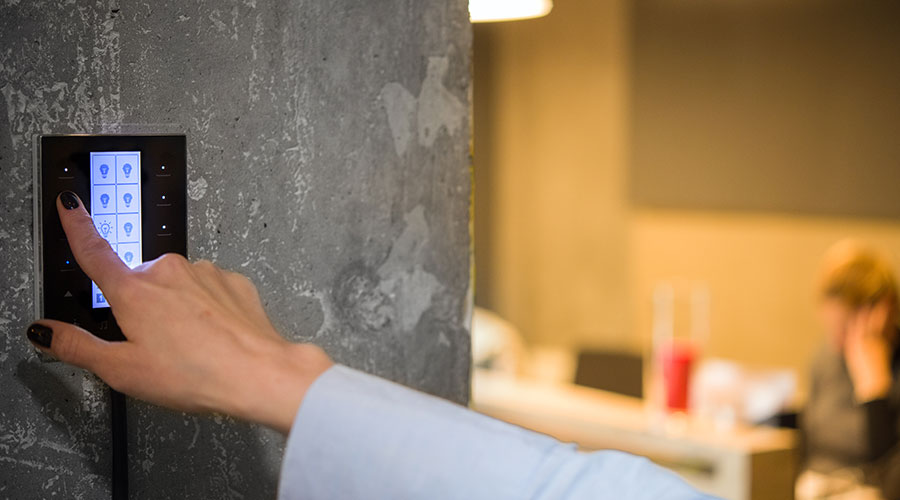Lighting Controls Maximize Energy Savings
The difference between today and the last time lighting upgrades were popular — the 1980s — is that opportunities now are even more lucrative. Product costs have fallen, and labor rates have risen marginally, but the cost of energy has skyrocketed. Lighting represents 40 percent of the average commercial building’s electricity bill, while the average retail cost of electricity has risen nearly 25 percent in the past five years, to more than $0.10 per kilowatt hour (kWh), according to the DOE.
Technologies considered new and potentially risky then have become commonplace in new construction because of energy codes and rising interest in sustainability, reflected in programs such as Leadership in Energy and Environmental Design (LEED) for New Construction from the U.S. Green Building Council.
Lighting controls now play a fundamental role in maximizing energy savings in lighting systems for existing buildings, as well. Advanced controls can cut energy use by 50 percent in these applications, according to the New Buildings Institute.
“Building owners are realizing that once the ubiquitous T12-to-T8 retrofit is completed, lighting controls are the obligatory next step,” says Andrew Parker, P.E., with Encelium Technologies.
Not every retrofit or upgrade requires major equipment investments or disruptions to operations.
“The easiest retrofit owners can do is typically one that involves the least amount of rewiring, or simply swapping older controls and ballasts with new ones,” says Michael Jouaneh, marketing manager with Lutron Electronics Co. Inc.
By focusing on the most effective strategies — automatic switching and dimming, new wireless devices, systems using existing line-voltage wiring instead of low-voltage wiring for control communication, and integrated approaches — managers will be able to maximize the return on investment.
Related Topics:
















